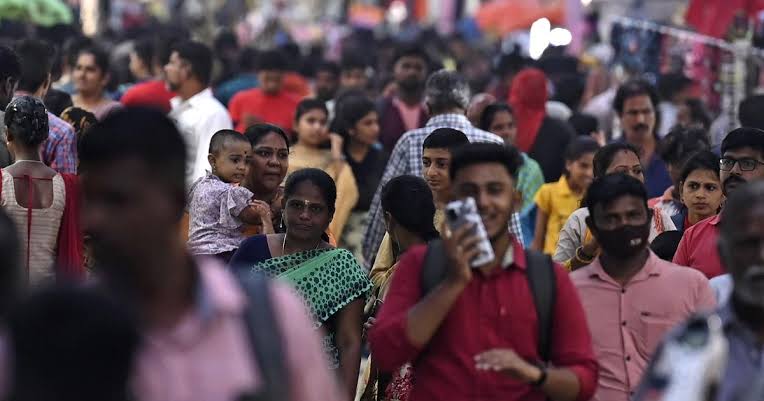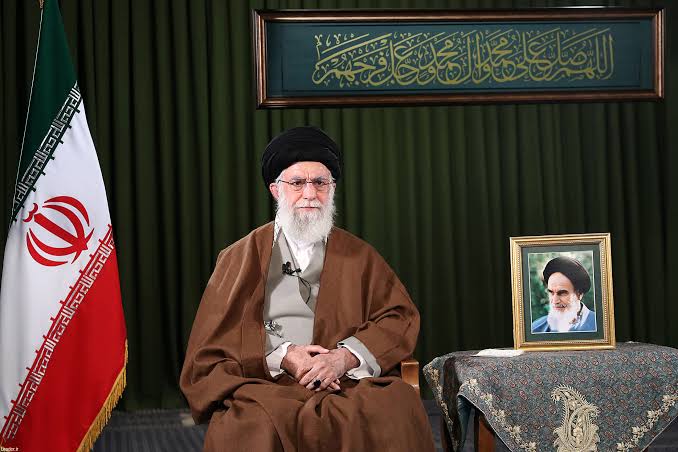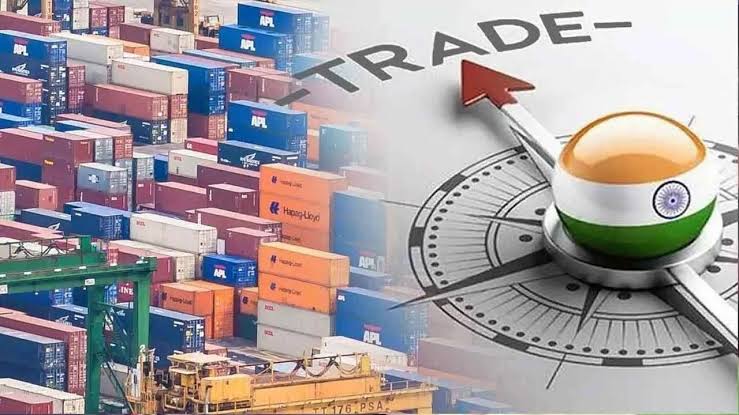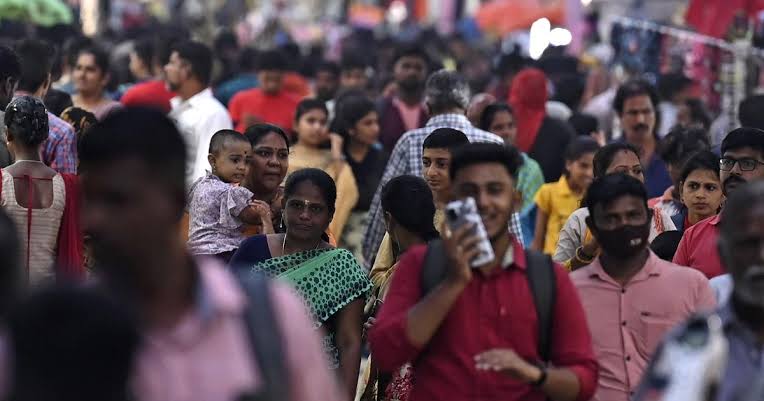India’s Census 2027: A Delayed Count with Caste at Its Core

The Union government’s announcement of Census 2027, as notified on June 16, 2025, marks a significant milestone in India’s demographic history. Scheduled six years after the postponed 2021 exercise, this census introduces a pivotal change: the inclusion of caste data, a long-standing demand from opposition parties. With a reference date of midnight on March 1, 2027, for most states and union territories, and October 1, 2026, for snow-bound regions like Ladakh, Jammu and Kashmir, Himachal Pradesh, and Uttarakhand, the census promises to reshape India’s socio-political landscape. This article explores the history, objectives, and implications of India’s census, with a special focus on the contentious yet transformative inclusion of caste enumeration.
India’s Census: A Colonial Legacy
India’s census has its roots in the colonial era, with the first systematic count conducted in 1872 under British rule. While earlier attempts at population enumeration existed in princely states and Mughal records, the 1872 census, led by W.W. Hunter, was the first comprehensive effort covering British India. Its primary objective was administrative: to aid tax collection, governance, and military planning.
The British recognized the importance of understanding India’s diverse population—its religions, castes, and ethnicities—to maintain control over a vast and heterogeneous empire.
Post-independence, India continued the decennial census tradition, with the first conducted in 1951 under the newly formed Registrar General and Census Commissioner.
The Census Act of 1948 formalized the process, making it a statutory exercise to collect detailed demographic, economic, and social data. Over the decades, the census evolved from a colonial tool to a cornerstone of India’s planning and policymaking, providing data for resource allocation, electoral delimitation, and socio-economic development.
Objectives of the Indian Census: Beyond Numbers
The Indian census is one of the world’s largest administrative exercises, covering over 1.4 billion people across diverse geographies and cultures. Its objectives are multifaceted:
1 Demographic Mapping: The census provides a snapshot of India’s population size, growth rate, age structure, and gender ratio, essential for urban planning, healthcare, and education policies.
2 Socio-Economic Insights: Through phases like the Housing Listing Operation and Population Enumeration, it captures data on literacy, employment, housing conditions, and access to amenities, informing welfare schemes.
3 Policy Formulation: Data from the census guides affirmative action policies, such as reservations for Scheduled Castes (SCs), Scheduled Tribes (STs), and Other Backward Classes (OBCs).
4 Electoral and Administrative Planning: It determines constituency boundaries and representation in legislative bodies.
The Census 2027 will continue these objectives but with a groundbreaking addition: caste data collection. This move responds to decades-long demands for a caste census to address inequalities rooted in India’s social hierarchy.
The Long Road to Census 2027: Delays and Disruptions
The announcement of Census 2027 comes after significant delays. Originally scheduled for 2021, the exercise was postponed due to the COVID-19 pandemic, which disrupted administrative capacities and posed logistical challenges. The Union home ministry’s gazette notification, signed by Registrar General Mritunjay Kumar Narayan, cancels the 2019 declaration for the 2021 census, marking a six-year gap—the longest in India’s post-independence history.
This delay has raised concerns about data reliability. Demographic changes, migration patterns, and socio-economic shifts between 2021 and 2027 may skew comparisons with the 2011 census. For instance, the absence of updated data has hampered policy decisions reliant on accurate population figures, such as vaccination drives or poverty alleviation programs. Critics argue that the delay reflects administrative inertia, with some pointing to political motivations, particularly around the contentious issue of caste enumeration.
The Caste Census: A Game-Changer
The inclusion of caste data in Census 2027 is a historic decision, driven by persistent demands from opposition parties, social activists, and marginalized communities. India’s last caste-based census was conducted in 1931 under British rule, covering only certain regions. Post-independence, caste data was limited to SCs and STs, with OBCs enumerated only through sample surveys like the Socio-Economic and Caste Census (SECC) of 2011, which was criticized for methodological flaws and incomplete data release.
The decision to include caste data responds to a growing consensus that caste remains a critical determinant of social and economic inequality. Proponents argue it will:
• Inform Affirmative Action: Accurate caste data will enable better-targeted reservations in education, jobs, and political representation for OBCs, whose population estimates remain contentious.
• Address Inequality: By mapping caste-based disparities in income, education, and access to resources, the census can guide policies to uplift marginalized groups.
• Strengthen Social Justice Movements: Data transparency could empower advocacy for historically oppressed communities, fostering accountability in governance.
However, the caste census is not without challenges and criticisms:
1 Political Sensitivities: Caste data could intensify demands for quota expansions, potentially sparking conflicts among communities. Upper-caste groups may resist, fearing reduced access to opportunities.
2 Logistical Complexities: Enumerating caste is a mammoth task, given India’s thousands of castes and sub-castes, regional variations, and fluid identities. Ensuring accuracy will require robust training for enumerators and clear classification frameworks.
3 Privacy Concerns: Critics worry about data misuse, particularly in a polarized political climate, where caste information could be exploited for electoral gains or social profiling.
4 Methodological Issues: The SECC 2011 faced criticism for errors in caste classification and data quality. Repeating such mistakes could undermine the census’s credibility.
Phases of Census 2027: A Two-Pronged Approach
Census 2027 will unfold in two phases, as outlined in the notification:
• Housing Listing Operation: This phase will collect data on housing conditions, assets, and amenities, providing insights into living standards and infrastructure gaps.
• Population Enumeration (PE): The second phase will gather demographic, socio-economic, cultural, and caste-related details of every individual. This comprehensive exercise will form the backbone of the census’s findings.
The staggered reference dates—March 1, 2027, for most regions and October 1, 2026, for snow-bound areas—reflect logistical considerations for India’s diverse terrain. However, ensuring synchronization across these timelines will be critical to maintain data consistency.
Implications of Census 2027: A Double-Edged Sword
The implications of Census 2027, particularly its caste component, are profound and far-reaching:
1 Policy Transformation: Accurate caste data could lead to a recalibration of reservation policies, potentially expanding quotas for OBCs or refining existing frameworks. This could reshape access to education and employment, addressing historical inequities.
2 Political Realignments: Caste data may alter electoral dynamics, with parties leveraging the findings to appeal to specific caste groups. The Bharatiya Janata Party (BJP), which has historically been cautious about caste enumeration, may face pressure to balance its broad Hindu voter base with emerging caste-based demands.
3 Social Cohesion or Division?: While caste data could empower marginalized groups, it risks deepening social fault lines if mishandled. Transparent and inclusive handling of the data will be crucial to prevent communal tensions.
4 Global Relevance: As one of the world’s largest demographic exercises, India’s census influences global population studies and development indices. The inclusion of caste data could set a precedent for other nations grappling with social stratification.
Challenges Ahead: Ensuring Credibility and Equity
The success of Census 2027 hinges on overcoming several hurdles. First, the government must invest in training enumerators to handle caste-related questions sensitively and accurately. Second, robust data validation mechanisms are needed to avoid the pitfalls of the SECC 2011. Third, public awareness campaigns will be essential to build trust and encourage participation, especially in rural and marginalized communities.
Moreover, the government must address concerns about data privacy and misuse. Clear protocols for data storage, access, and anonymization will be critical to maintain public confidence. Finally, the six-year delay necessitates interim measures to bridge data gaps, such as leveraging existing surveys or digital platforms for real-time insights.
A Census for a New India?
Census 2027, with its inclusion of caste data, represents a bold step toward addressing India’s complex social realities. While its historical roots lie in colonial administration, the modern census has evolved into a tool for empowerment and equity. By mapping caste alongside demographic and economic indicators, India has an opportunity to confront its deepest inequalities head-on. However, the exercise’s success will depend on meticulous planning, political neutrality, and public trust. As the nation prepares for this monumental task, the world watches a democracy grappling with its diversity, striving to balance progress with justice.
(Author is a regular columnist and commentator. He formerly served as history professor at St. Xavier’s College, Mumbai.)

 2 days, 12 hours ago
2 days, 12 hours ago





[[comment.comment_text]]